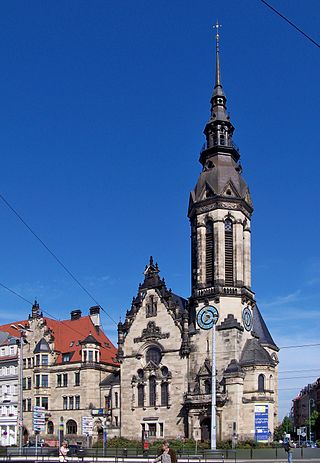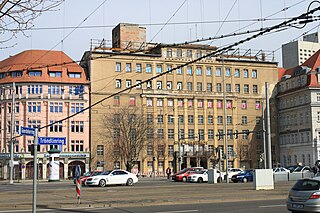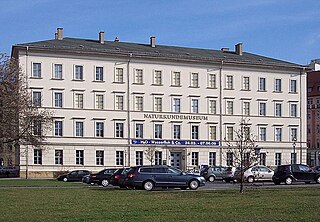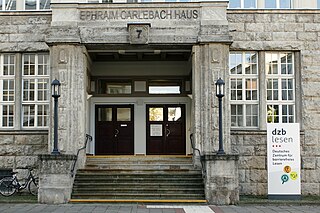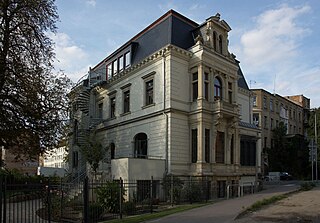Self-guided Sightseeing Tour #3 in Leipzig, Germany
Legend
Guided Free Walking Tours
Book free guided walking tours in Leipzig.
Guided Sightseeing Tours
Book guided sightseeing tours and activities in Leipzig.
Tour Facts
1.5 km
18 m
Experience Leipzig in Germany in a whole new way with our free self-guided sightseeing tour. This site not only offers you practical information and insider tips, but also a rich variety of activities and sights you shouldn't miss. Whether you love art and culture, want to explore historical sites or simply want to experience the vibrant atmosphere of a lively city - you'll find everything you need for your personal adventure here.
Activities in LeipzigIndividual Sights in LeipzigSight 1: Evangelisch-reformierte Kirche
The Reformed Church at Tröndlinring 7 in Leipzig is the place of worship of the Reformed congregation.
Sight 2: Fürstenhof
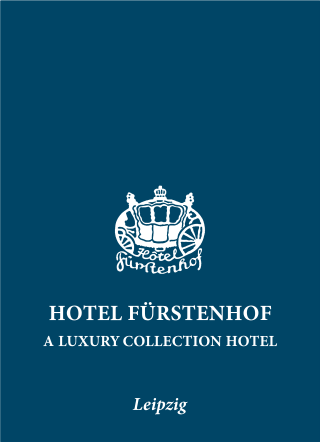
The Hotel Fürstenhof is the oldest luxury hotel in Leipzig. The original building Löhrs Haus at today's Tröndlinring 8 dates back to 1771, and since 1890 it has been operated as a hotel – combined with several conversions and extensions. Since 2018, the hotel has been owned by Vicus Group AG, and it was also a member of the Leipzig Hotel Alliance. The hotel has been closed since March 2021.
Sight 3: Villersbrunnen
The fountains in Leipzig were originally built as part of the city's water supply and in the 19th and 20th centuries others were added for decorative functions. They are regarded as objects of historical and art historical interest.
Sight 4: Travel24 Hotel - Ringmessehaus
The Leipzig Ring-Messehaus on the Tröndlinring was the largest inner-city trade fair building in the world. It was used as a fashion, tobacco and textile fair house until 1992. Since 2017, Travel24's first budget hotel has been located in the middle part of the building.
Sight 5: Naturkundemuseum
The Natural History Museum in Leipzig is a natural history museum in the city of Leipzig, Germany, located at the northwest corner of the Inner City Ring Road. The museum contains the insect collection of Alexander Julius Reichert.
Sight 6: Deutsches Zentrum für barrierefreies Lesen
The German Centre for Accessible Reading offers blind, visually impaired and reading impaired people a diverse selection of literature to borrow and buy.
Wikipedia: Deutsche Zentralbücherei für Blinde zu Leipzig (DE), Website
Sight 7: Villa Davignon
The residential building at Friedrich-Ebert-Straße 77 is a listed building in Leipzig's Bachviertel, driving from Westplatz in the direction of Waldplatz behind the rediscovered Elstermühlgraben or on the riverside promenade called Carl-Maria-von-Weber-Straße on the left side of the street. The building was built by Arwed Roßbach and was also called Villa d'Avignon at the time of its construction or in the 19th century under false reference, because the builder was the merchant Louis Davignon.
Wikipedia: Wohnhaus Friedrich-Ebert-Straße 77 (Leipzig) (DE)
Share
How likely are you to recommend us?
Disclaimer Please be aware of your surroundings and do not enter private property. We are not liable for any damages that occur during the tours.
GPX-Download For navigation apps and GPS devices you can download the tour as a GPX file.
